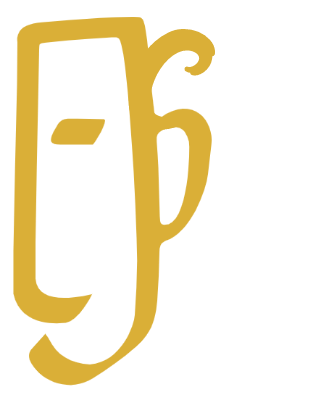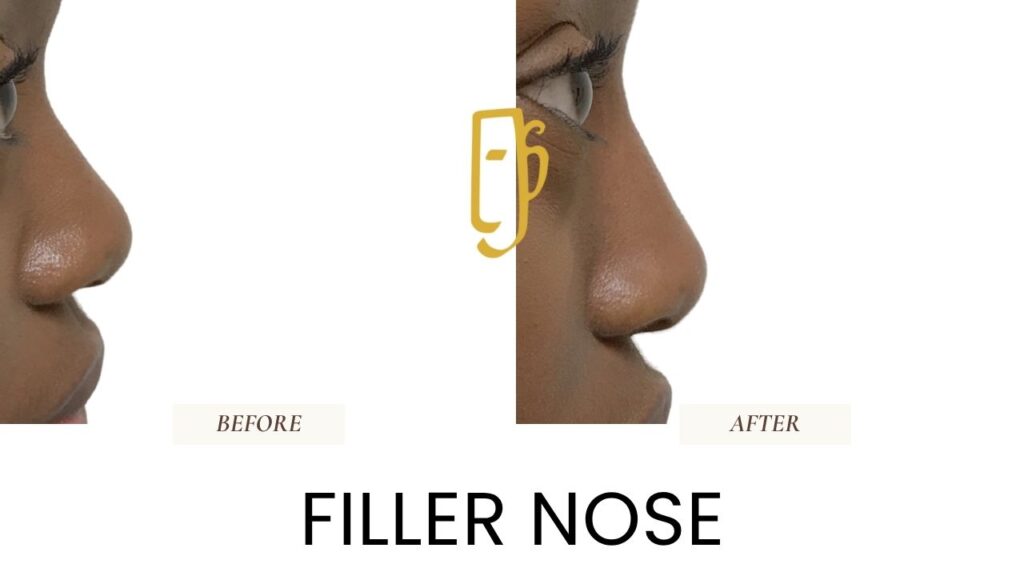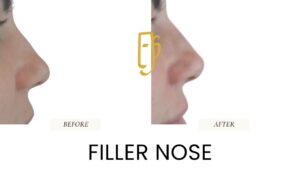FACE
Rhinoplasty
Refine Your Nose with Expert Rhinoplasty – Aesthetic & Functional Solutions
Rhinoplasty
Quick Summary
Rhinoplasty by Dr. Ali Soueid
Refine your nose with expert surgical care. Whether you’re looking to enhance facial harmony, correct a nasal hump, reshape the tip, or improve breathing, Dr. Ali Soueid offers bespoke rhinoplasty tailored to your individual features and ethnicity.
Board Certified
Dr Ali Soueid is a UK Certified & Trained Plastic Surgeon
Our Standards
We only use the best technologies on the market
Our Outcomes
We use evidence based practices to improve outcomes.
What is a Rhinoplasty
Rhinoplasty, commonly known as a nose job, is a surgical procedure that reshapes or restructures the nose for cosmetic or functional reasons. It can address concerns such as a dorsal hump, a drooping or bulbous tip, a crooked bridge, wide nostrils, or a nose that feels out of proportion with the rest of the face.
In many cases, rhinoplasty also improves breathing by correcting internal structures like a deviated septum — this is called septorhinoplasty.
At Dr. Ali Soueid’s practice, rhinoplasty is tailored to your unique anatomy, facial features, ethnicity, and goals. The aim is always natural-looking results that enhance your overall harmony — not just your nose.
Aesthetic Concerns
Rhinoplasty is often chosen by individuals who are unhappy with the appearance of their nose. Common reasons include a prominent bump on the bridge, a wide or drooping nasal tip, asymmetry, or a nose that feels out of proportion with other facial features. Whether the goal is to refine the shape or restore balance after injury, rhinoplasty can provide subtle, natural-looking improvements that enhance overall facial harmony.
Functional Reasons
Not all rhinoplasty procedures are purely cosmetic. Many patients seek surgery to improve breathing or correct structural issues, such as a deviated septum or collapsed nasal valves. In these cases, functional rhinoplasty or septorhinoplasty may be recommended to restore airflow, resolve chronic congestion, and improve comfort — while also refining the nose’s external appearance if desired.
Health, Age & Expectations
Good candidates for rhinoplasty are generally healthy non-smokers with a fully developed facial structure — typically age 16 or older. It’s also important to have realistic expectations and a clear understanding of what the procedure can achieve. During your consultation, Dr. Ali Soueid will assess your goals, anatomy, and medical background to ensure rhinoplasty is safe, appropriate, and aligned with your desired outcome.
Who is a good candidate?
Before undergoing rhinoplasty, a thorough consultation is carried out. Here’s what we evaluate:
Nose Structure
Skin Quality
Medical History
Lifestyle Factors
Expectations
What are the
Benefits of Rhinoplasty
Improved Facial Harmony
Rhinoplasty can enhance overall facial balance by reshaping the nose to better complement your natural features. Even subtle changes can make a dramatic difference in profile and symmetry, helping you feel more confident in your appearance.
Better Breathing Function
For patients with structural issues like a deviated septum or narrow nasal passages, rhinoplasty can improve airflow and ease chronic nasal congestion. This functional benefit often goes hand-in-hand with cosmetic refinement in a procedure called septorhinoplasty.
Boost in Confidence
Many patients report a significant improvement in self-esteem after rhinoplasty. By addressing a long-standing concern — whether aesthetic or functional — the procedure can lead to greater comfort in social, personal, and professional settings.
Steps Towards Achieving Your Goals
In Three Easy Steps
1. Consultation
A Consultation helps you give your desires to us and helps us take a thorough history, do an examination and order investigations.
2. Procedure
The day of the procedure is a big day for the patient and we take every measure to make sure your are comfortable and safe.
3. Recovery
We will support in this essential part of your journey to make it as smooth as possible.
Preparation & Aftercare
Follow these instruction to prepare for your procedure and to have a smooth post-operative recovery.
Pre-Op
In the weeks leading up to your rhinoplasty, you’ll have a detailed consultation with Dr. Ali Soueid to review your goals, medical history, and surgical plan. Pre-operative photos may be taken, and blood tests may be requested if needed. To prepare: Arrange time off work or studies (usually 7–10 days). Plan for someone to accompany you home after surgery. Stock up on soft foods, nasal sprays, and cold compresses. Sleep with your head elevated in the days before surgery to reduce swelling. Follow all instructions on fasting if general anaesthesia is used.
What to Avoid
To ensure a safe and smooth procedure, you’ll be advised to avoid the following in the two weeks prior to surgery: Smoking and nicotine products, which impair healing. Alcohol, especially 48 hours before surgery. Blood-thinning medications like aspirin, ibuprofen, and certain supplements (vitamin E, fish oil, garlic) — unless medically necessary. Facial treatments or laser procedures that may irritate the skin. Always inform Dr. Soueid of any medications or herbal supplements you're taking so we can advise accordingly.
Post-Op
Post-operative care is essential to healing well and achieving the best results. After rhinoplasty, your nose will be bandaged or supported with a splint. Swelling, bruising around the eyes, and mild discomfort are normal and usually subside within 7–14 days. To support your recovery: Keep your head elevated, even while sleeping, for the first 1–2 weeks Avoid blowing your nose, heavy lifting, or strenuous exercise for at least 3 weeks Do not wear glasses or sunglasses directly on the nose for 4–6 weeks unless advised Use cold compresses in the first 48 hours to reduce swelling Attend all follow-up appointments for splint removal and progress checks Final results evolve gradually — most visible swelling resolves by 6 weeks, but subtle changes may continue for 6–12 months. Dr. Soueid and his team will guide you through each stage of recovery.
What to expect
During Your Rhinoplasty Procedure
On the Day of Surgery
Rhinoplasty is typically performed under general anaesthesia and takes between 1.5 to 3 hours, depending on the complexity. Dr. Ali Soueid uses either an open or closed approach — the open technique involves a small incision at the base of the nose for greater precision, while the closed method places all incisions inside the nostrils. Through these incisions, the nasal bone and cartilage are reshaped to achieve your desired structure, and in some cases, grafts may be used to support or enhance nasal form.
Immediately After Surgery
At the end of surgery, a splint is applied to the nose to protect and support the new shape. Soft internal splints or packing may also be placed inside the nostrils to stabilise internal structures. You’ll be monitored in recovery before going home the same day. It’s normal to experience swelling, bruising around the eyes, congestion, and mild discomfort during the first few days — all manageable with rest and pain relief.
Recovery and Results
Most patients can return to light daily activities within 7–10 days, although exercise and heavy lifting should be avoided for at least 3 weeks. Swelling improves steadily, but subtle changes may continue for several months. The final shape of your nose typically settles by 6 to 12 months, and Dr. Soueid will monitor your healing closely throughout this period to ensure optimal results.
Technologies
We Use

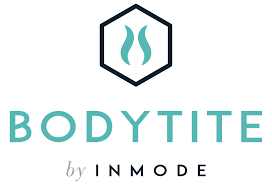
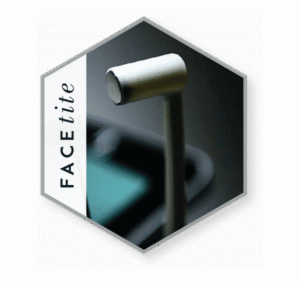
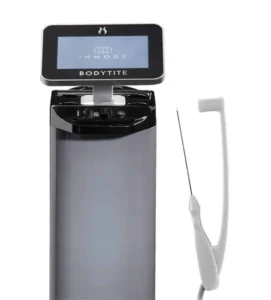

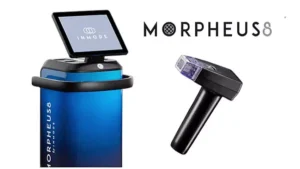
Our Values
Aesthetics You Trust
Trust
Aesthetics You Trust is our motto. We will treat you with respect always and provide you with the best care we can.
Do No Harm
The first rule of medical ethics is to never knowingly do something to a patient that could harm them.
Evidence Based
We only offer treatments that are backed by evidence and based on our experience. We do not follow trends.
Be Your Best
We continuously educate ourselves, attend conferences and courses to stay up to date and use the best products.
FAQ
Is rhinoplasty painful?
Most patients report mild discomfort rather than pain. You may feel congested or swollen for a few days, but this is well controlled with medication prescribed by your surgeon.
Will I have visible scars after rhinoplasty?
In most cases, no. Closed rhinoplasty leaves no external scars, while open rhinoplasty leaves a small, discreet scar at the base of the nose that fades over time.
How long is the recovery period?
Initial swelling and bruising improve within 7–10 days. You can return to work or school after one week, but full healing and final results may take up to 12 months.
When will I see the final results?
Most of the swelling subsides within 4–6 weeks, but the final shape of your nose continues to refine over the next 6 to 12 months, especially around the tip.
Can rhinoplasty improve breathing?
Yes. Functional rhinoplasty or septorhinoplasty addresses both cosmetic concerns and structural issues like a deviated septum, helping to improve airflow and breathing.
At what age can I have rhinoplasty?
Rhinoplasty is typically performed after the nose has fully developed — usually age 16 and above for females, and 17 or older for males.
Can rhinoplasty correct a previous nose surgery?
Yes. Revision rhinoplasty can address unsatisfactory outcomes from a previous procedure. It is more complex and should only be performed by an experienced specialist.
Will my nose look natural after surgery?
Absolutely. Dr. Soueid focuses on achieving subtle, natural-looking results that enhance your facial features rather than dramatically altering them.
Can rhinoplasty change my voice?
In rare cases, particularly for voice professionals, slight changes in nasal resonance may be noticed. However, this is uncommon and usually not noticeable in daily speech.
How much does rhinoplasty cost?
The cost of rhinoplasty varies depending on the complexity of the procedure, whether it’s cosmetic, functional, or a revision, and where it’s performed. During your consultation with Dr. Soueid, you’ll receive a personalised quote that includes all surgical, anaesthesia, and follow-up fees. In cases where breathing issues are involved, part of the cost may be covered by insurance or health schemes (depending on location and eligibility).
